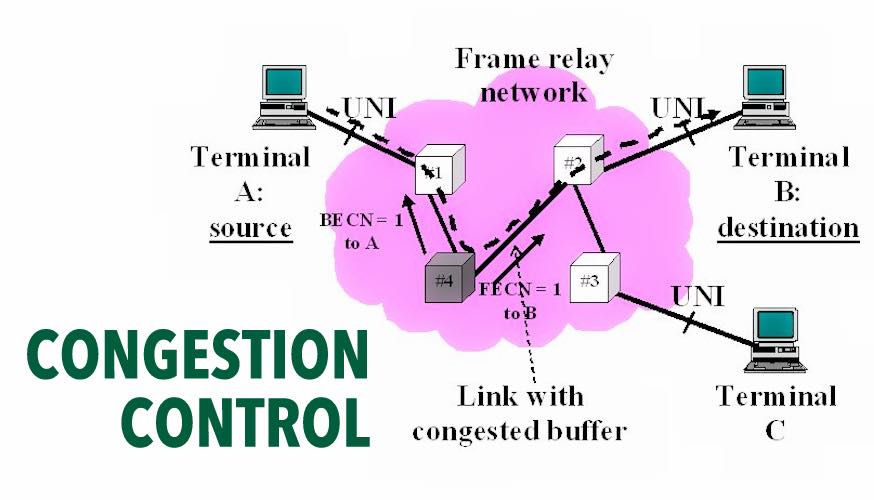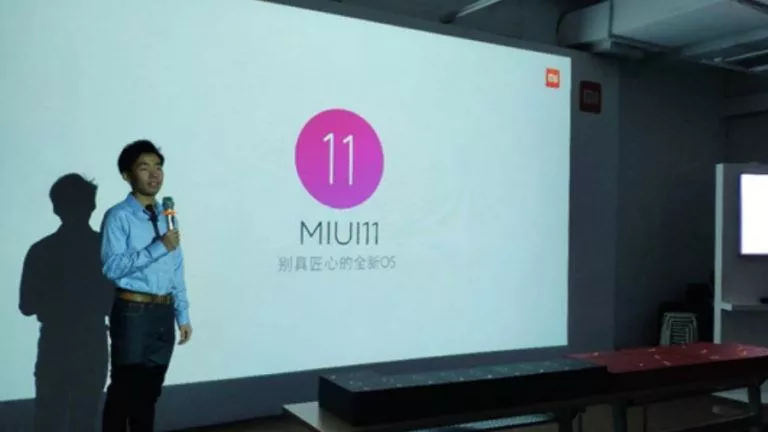Congestion Control In Frame Relay — Basic Working Mechanisms

 Short Bytes: Frame Relay uses Forward-Explicit Congestion Notification (FECN) bit, Backward-Explicit Congestion Notification (BECN) bit, and Discard Eligibility (DE) bit to inform the terminal equipment about the congestion in the network. Based on this information, higher OSI layers decide the flow control and take actions depending upon the warning.
Short Bytes: Frame Relay uses Forward-Explicit Congestion Notification (FECN) bit, Backward-Explicit Congestion Notification (BECN) bit, and Discard Eligibility (DE) bit to inform the terminal equipment about the congestion in the network. Based on this information, higher OSI layers decide the flow control and take actions depending upon the warning.
First, to reduce the congestion control, Frame relay only uses a single bit in its header. Furthermore, it uses notification system for congestion not exclusively for the per virtual circuit connection flow control — rather, it uses this notification for the whole network.
The main reasons why Frame Relay does not use explicit congestion control for every virtual circuit connection:
- Frame Relay itself is implemented over a reliable network and,
- Flow control can be addressed by the higher layers in the OSI model.
There are two kinds of congestion notification systems that Frame Relay employs.
- Forward-explicit congestion notification (FECN) and,
- Backward-explicit congestion notification (BECN).
As discussed above, both of the mechanisms, FECN and BECN, are controlled by a single bit inside the Frame Relay frame header that we talked above. Besides, this single bit, the Frame Relay frame header also contains another important bit which is known as the Discard Eligibility (DE) bit.
Discard Eligibility (DE) bit:
Discard Eligibility (DE) bit is nothing but a way to recognize the lesser important traffic over the network. If there is a congestion in the network, then by getting notifications using the Discard Eligibility (DE) bit, it can be decided to drop the lesser important traffic off the network.
But the bigger question here is — How would the network know that there is a congestion before dropping the lesser important traffic off the network? Here is the solution to it.
Forward-explicit congestion notification (FECN) bit:
We discussed before that FECN bit is the part of the Address field in the Frame Relay frame header. Understand that this congestion notification mechanism works when the traffic is going from source to the destination, that’s why it is called Forward-explicit congestion notification (FECN).
Forward-explicit congestion notification (FECN) mechanism works when a terminal equipment sends a Frame Relay frames into the network. And if it is found out that the network is congested, DCE devices or the intermediate devices set the value of the frames’ FECN bit to 1.
So, when the frame reaches its destination, the DTE device or the terminal device knows that the particular packet has reached its destination through a congested network.
The smart DTE device informs about itself to the higher layers about the same. If the condition is severe, a flow control will be initiated by the higher layers or if the severity is manageable, then the indication can be ignored as well.
Backward-explicit congestion notification (BECN) bit:
Backward-explicit congestion notification (BECN) mechanism works when DCE or intermediate devices set the value of the BECN bit to 1 in frames traveling in the opposite direction of frames with their FECN bit set. This informs the terminal equipment that the opposite direction network is congested.
Read the complete guide on Computer Networks






